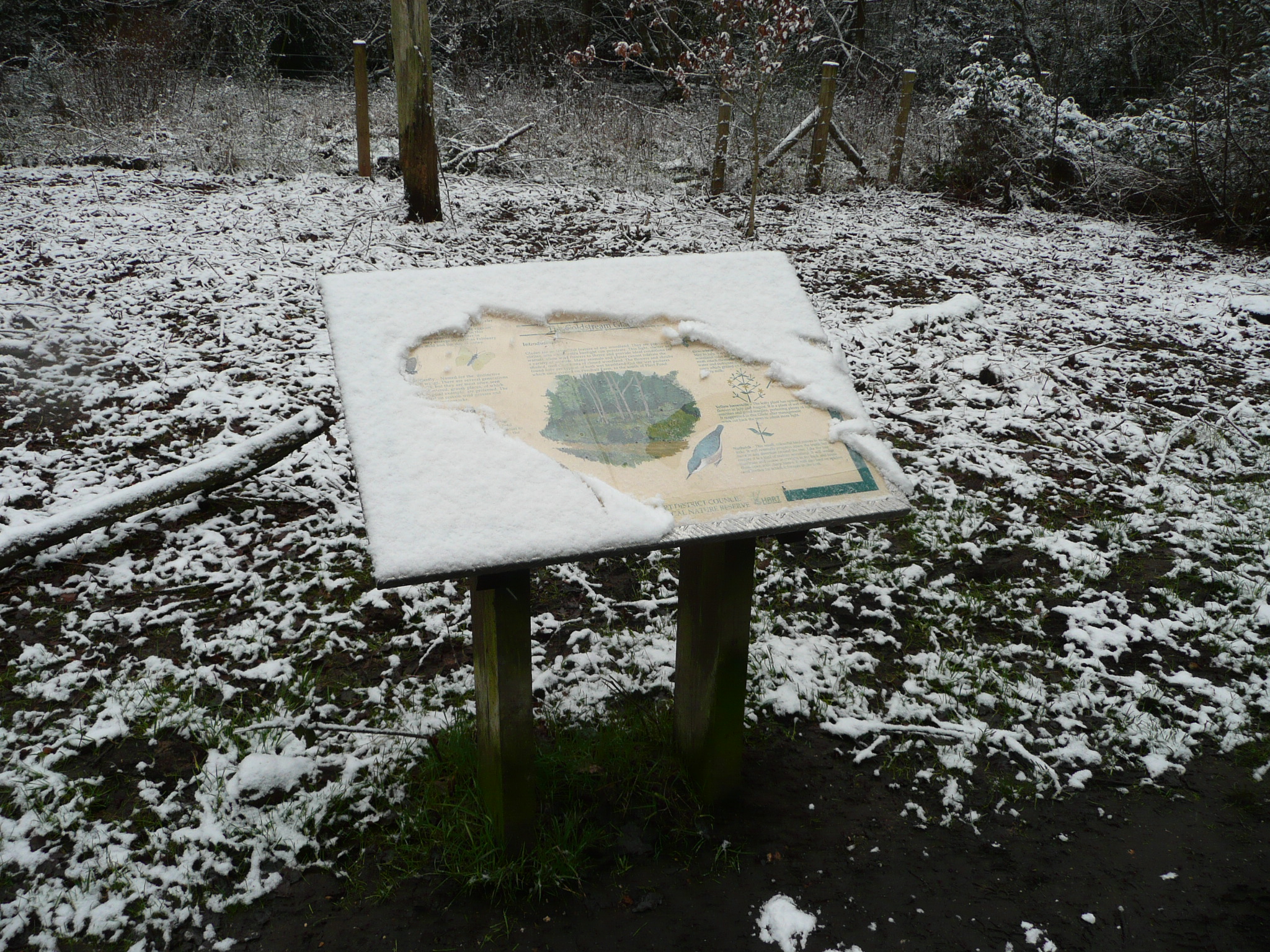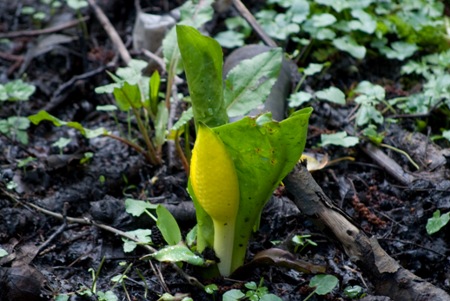David Pottinger writes:
On Sunday 16 December, Peter Hutchins lead two bird walks at Fleet Pond Nature Reserve. The morning one (10 am start) was with members of the RSPB and the afternoon one (2 pm start) was with members of Hampshire Ornithological Society (HOS). Newcomers were also very welcome.
Peter has written an excellent article (including photos) on the morning walk for the December Newsletter of the Basingstoke Local RSPB Group. Here’s a sample extract:
Viewing northwards from the bay, as above, saw Magpie and Woodpigeon on the wing, Cormorant and Black-headed Gull on the distant islands and trees and the first Teal of the outing added, these however no more than hidden ‘preepings’ behind the willow and Alder carr. A bird that did however show, albeit briefly as it headed out over the reeds and trees, was a Snipe; another “You had to be there!” bird that just hinted at what might just be hidden out of view in the damper inaccessible areas. Another in the same category was a Little Egret that flighted eastwards just minutes later, once again only being seen by the few that had not already headed once more in to the woodland.
In total, nearly 50 species were recorded during the walk!
The full article can be found (p 31-41) in the newsletter which Peter has kindly allowed us to be made generally available and which can downloaded here: RSPB Newsletter December 2012.
The article is a very interesting read, as is the newsletter in it’s own right!
Regarding the second walk later in the day, of most note were a showy Water Rail in the north-east corner (two more being heard), the Drake Pochard and several Jays in an all too quickly darkening sky.
So, all-in-all, a very eventful and rewarding pair of bird walks!
If you have any queries on the above or the would like information on future similar walks, please contact Peter Hutchins directly:
Email: fieldfare@jaybry.gotadsl.co.uk or peter.hutchins@royalmail.com
Phone: 07895 – 388378 or 01256 – 770831.
For information and photos on previous (and very popular) bird walks at Fleet Pond lead by Peter, please see here and here.











